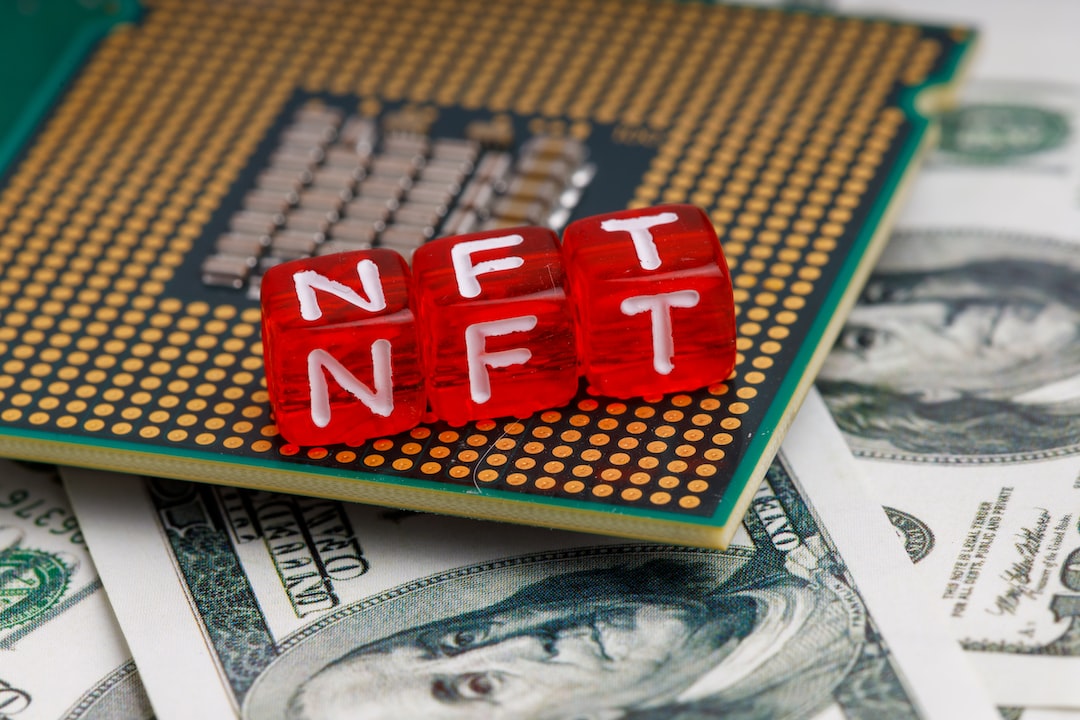BRICS and XRPL: Exploring the Potential of Blockchain Technology
The relationship between the BRICS alliance (Brazil, Russia, India, China, and South Africa) and Ripple’s XRP Ledger (XRPL) highlights their shared interest in blockchain technology’s potential. The inclusion of XRPL in BRICS documents signifies a willingness to embrace innovation and digital transformation. This partnership could lead to enhanced financial integration, reduced dependence on intermediaries, blockchain-based identity and security, and the promotion of a multipolar world. XRPL’s focus on real-time, cross-border transactions with minimal fees makes it an ideal tool for streamlining trade and investment between member states, promoting economic growth and collaboration.
Key Points:
- The BRICS alliance aims to establish economic cooperation and strategic dialogue among its member nations.
- BRICS documents emphasize key principles like respect for sovereignty and non-interference in internal affairs.
- The mention of XRPL in BRICS documents reflects an acknowledgment of blockchain technology’s potential.
- XRPL’s decentralized nature allows for seamless peer-to-peer transactions, enabling faster remittances and lower fees.
- Collaboration between BRICS and XRPL could lead to enhanced financial integration, reduced dependence on intermediaries, and the promotion of a multipolar world.
Hot Take:
The convergence of BRICS and XRPL demonstrates the member nations’ openness to innovation and digital transformation. This collaboration has the potential to reshape global trade, foster financial inclusion, and empower emerging economies to play a more influential role on the international stage.





 By
By
 By
By
 By
By
 By
By

 By
By